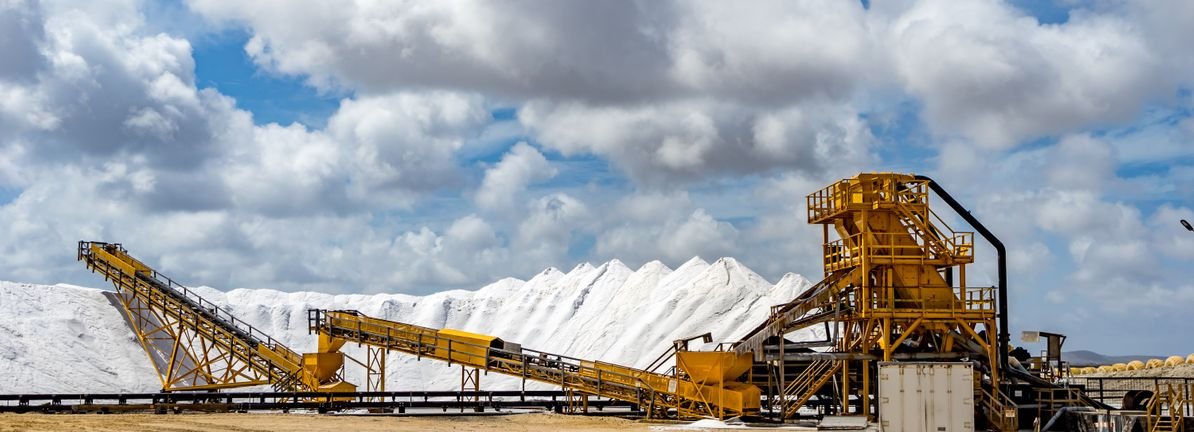It is a pleasure to report that the Larvotto Resources Limited (ASX:LRV) is up 42% in the last quarter. But that is minimal compensation for the share price under-performance over the last year. In fact, the price has declined 27% in a year, falling short of the returns you could get by investing in an index fund.
Now let’s have a look at the company’s fundamentals, and see if the long term shareholder return has matched the performance of the underlying business.
See our latest analysis for Larvotto Resources
We don’t think Larvotto Resources’ revenue of AU$67,914 is enough to establish significant demand. You have to wonder why venture capitalists aren’t funding it. As a result, we think it’s unlikely shareholders are paying much attention to current revenue, but rather speculating on growth in the years to come. For example, investors may be hoping that Larvotto Resources finds some valuable resources, before it runs out of money.
As a general rule, if a company doesn’t have much revenue, and it loses money, then it is a high risk investment. You should be aware that the company needed to issue more shares recently so that it could raise enough money to continue pursuing its business plan. While some such companies go on to make revenue, profits, and generate value, others get hyped up by hopeful naifs before eventually going bankrupt.
Our data indicates that Larvotto Resources had more in total liabilities than it had cash, when it last reported. That made it extremely high risk, in our view. But since the share price has dived 27% in the last year , it looks like some investors think it’s time to abandon ship, so to speak, even though the cash reserves look a little better with the capital raising. The image below shows how Larvotto Resources’ balance sheet has changed over time; if you want to see the precise values, simply click on the image.
Of course, the truth is that it is hard to value companies without much revenue or profit. What if insiders are ditching the stock hand over fist? I would feel more nervous about the company if that were so. It costs nothing but a moment of your time to see if we are picking up on any insider selling.
What About The Total Shareholder Return (TSR)?
Investors should note that there’s a difference between Larvotto Resources’ total shareholder return (TSR) and its share price change, which we’ve covered above. The TSR is a return calculation that accounts for the value of cash dividends (assuming that any dividend received was reinvested) and the calculated value of any discounted capital raisings and spin-offs. Larvotto Resources hasn’t been paying dividends, but its TSR of -17% exceeds its share price return of -27%, implying it has either spun-off a business, or raised capital at a discount; thereby providing additional value to shareholders.
A Different Perspective
While Larvotto Resources shareholders are down 17% for the year, the market itself is up 13%. While the aim is to do better than that, it’s worth recalling that even great long-term investments sometimes underperform for a year or more. It’s great to see a nice little 42% rebound in the last three months. Let’s just hope this isn’t the widely-feared ‘dead cat bounce’ (which would indicate further declines to come). I find it very interesting to look at share price over the long term as a proxy for business performance. But to truly gain insight, we need to consider other information, too. Take risks, for example – Larvotto Resources has 5 warning signs (and 4 which make us uncomfortable) we think you should know about.
Of course, you might find a fantastic investment by looking elsewhere. So take a peek at this free list of companies we expect will grow earnings.
Please note, the market returns quoted in this article reflect the market weighted average returns of stocks that currently trade on Australian exchanges.
Have feedback on this article? Concerned about the content? Get in touch with us directly. Alternatively, email editorial-team (at) simplywallst.com.
This article by Simply Wall St is general in nature. We provide commentary based on historical data and analyst forecasts only using an unbiased methodology and our articles are not intended to be financial advice. It does not constitute a recommendation to buy or sell any stock, and does not take account of your objectives, or your financial situation. We aim to bring you long-term focused analysis driven by fundamental data. Note that our analysis may not factor in the latest price-sensitive company announcements or qualitative material. Simply Wall St has no position in any stocks mentioned.
Have feedback on this article? Concerned about the content? Get in touch with us directly. Alternatively, email editorial-team@simplywallst.com






